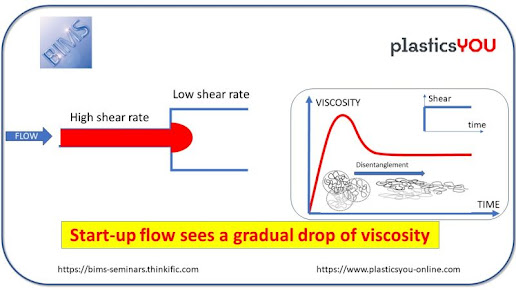LANXESS Achieves Process Innovation in Production of Tepex Continuous FRT Composites
LANXESS has achieved a process innovation in the production of continuous fiber-reinforced thermoplastic Tepex composites. The subsidiary company Bond-Laminates, which manufactures these composites, is now able to continuously series-produce large semi-finished composite products in which the continuous fiber layers can be oriented at almost any conceivable angle. Until now, the continuous fibers in Tepex could only be lined up in the direction of production or perpendicular to it (0 degrees or 90 degrees). This process innovation means the designer can use the differently oriented composite continuous fibers to help him react more specifically to the force transmission in the target component. Even quasi-isotropic constructions can now be fashioned using Tepex. "This means Tepex can be used to design lighter-weight composite components that are tailored even more specifically to the load in question. So the new-generation Tepex strengthens our position as a leading supplier of thermoplastic high-performance composites for lightweight design," says Dr. Dirk Bonefeld, head of Research and Development at Bond-Laminates.
Suitable for large-scale series production with minimal waste
These multiaxial Tepex semi-finished products are fully impregnated and consolidated. Despite being formable to quite extreme angles, their impregnation means the fibers are unlikely to slip. As in the past, Bond-Laminates will consult closely with the customer regarding cutting the semi-finished products into pre-contoured profiles for forming and overmolding or compressing. Special nesting programs help keeps wastage to a minimum in almost all cases. "Thus the processor receives a fully constructed, made-to-measure composite material that can be shaped into highly load-resistant, complex components in very short cycle times without generating wastage," says Bonefeld.
Unidirectional properties
Thanks to the continuous fibers' high degree of orientation, the individual fiber layers demonstrate almost unidirectional properties. The stiffness and strength of the individual layers based on polyamide 6 and continuous glass fibers are 37 GPa and 780 MPa respectively in the direction of the fibers.
Broad spectrum of applications
Their high-quality mechanical set of properties, which can be tailored to meet specific requirements, makes multiaxial Tepex semi-finished products the perfect material for manufacturing high-strength structural components and semi-structural components for automobiles in particular. "For example, we are currently working on front end carriers, pedal and seating components, carriers for electrical and electronic modules, engine compartment guard plates, airbag housings and components used in underbody protection. We are also looking at components that require custom construction for meeting a combination of torsional and flexural load requirements," Bonefeld adds.


Comments
Post a Comment